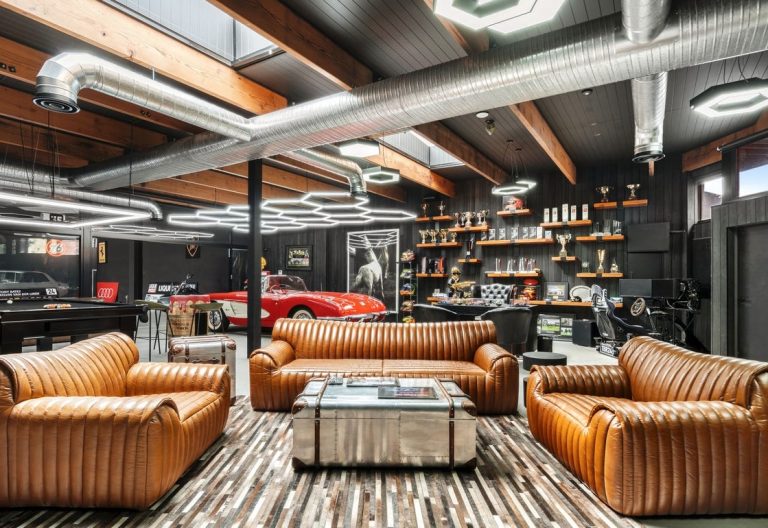Office towers of yesteryear: are they stranded assets?

Right across Australia, the office towers of yesteryear stand as sky high reminders of past ambitions.
They may have looked futuristic in their time but with some now 50 years old, how do these buildings stack up as an asset class?
Low grade versus premium office towers
I spoke with Michael Greene, Regional Director of Corporate Solutions at Jones Lang LaSalle and asked him whether these towering veterans are likely to become stranded assets.
“For a start we need to draw a distinction between low grade office towers from the past, which are not suited to the modern workplace and the premium buildings which still service today’s office tenant well,” Greene says.
“Some of the older ones, such as the Gateway and Grosvenor Place buildings in Sydney, are still very relevant.
“The key is whether they suit the collaborative work style employed by businesses today.”
Converting to collaborative workspaces
With most office processing jobs gone, floorplans featuring rows of individual suites are largely redundant. Greene points out that as more staff telecommute from home, the question is whether old office floorplans can be converted to the right sort of open space for when people come in for collaborative work.
“When staff come in for cooperative work, they need larger, open-plan environments and the building needs to have the right services to cope with an array of different stresses.”
“Large, open floor plates are still being taken up by tenants if the inner space suits modern needs. I’ve also seen workspaces in some ageing towers given a new lease of life by removing the ceiling tiles to create more height and installing suspended lighting.”
Read more: Share space shaking up the service office market

Green leading the way
But it’s not just the configuration which is important. Increasingly blue chip tenants are limiting their search to buildings with higher environmental ratings, driven by their staff and corporate social responsibility missions.
Increasingly blue chip tenants are limiting their search to buildings with higher environmental ratings.
I asked Green whether this was also undermining the value of older towers.
“There are examples of buildings being brought up to a higher NABERS rating through upgrades,” he says.
“500 Collins Street in Melbourne is a good example of an older tower brought from a low environment rating up to four or five stars.”
Environment refits to increase National Australian Built Environment Rating System (NABERS) ratings primarily focus on upgrading lighting to T5 or LED, installing more energy efficient lifts and overhauling the air conditioning systems.
While much attention of late has been drawn to Sydney’s phalanx of old skyscrapers, it’s a phenomenon in most capital cities. Green points out that the highest average age of CBD office towers is actually in Brisbane at 26 years.
“In Adelaide there are many buildings from the 1960s and 70s which now have to compete with recent developments like the SA Water and Tax Office buildings, and there are plenty in Melbourne and Perth too, where vacancy is rising as the mining boom winds down.”
From commercial to residential
So what happens to buildings where it doesn’t make sense to refit the floorplan and upgrade to a higher environment rating? Just like Sydney, it seems, most will end up being converted to residential use.
Greene tells me that the residential conversion trend actually dates back to the early 1990s at the end of the last cycle with buildings with low perimeter to core dimensions, like Esso House in Sydney turned into smart city apartments.
The residential conversion trend actually dates back to the early 1990s.
As blue chip tenants move into newly completed towers at the top of the food chain, the buildings they vacate are refurbished for smaller one floor style tenants, while at the bottom, buildings too costly to upgrade head for residential conversion or site amalgamation.
For ageing towers with the right address and configuration, the future remains bright if the owners invest in its flexibility to change with new working styles.







